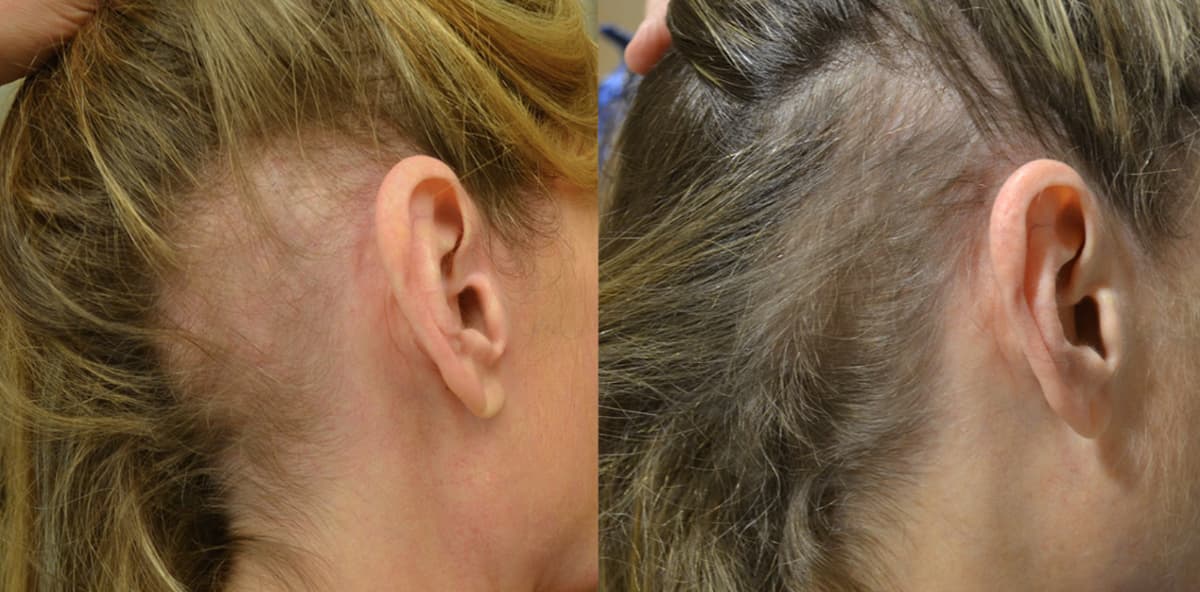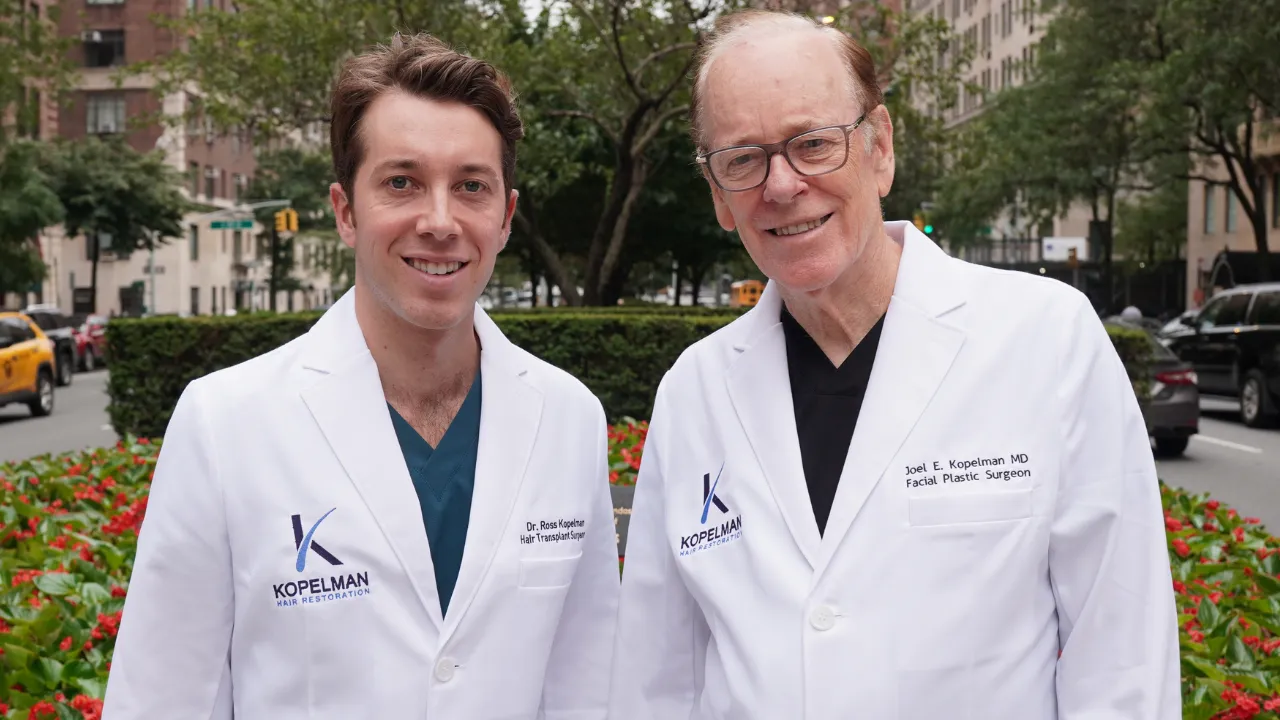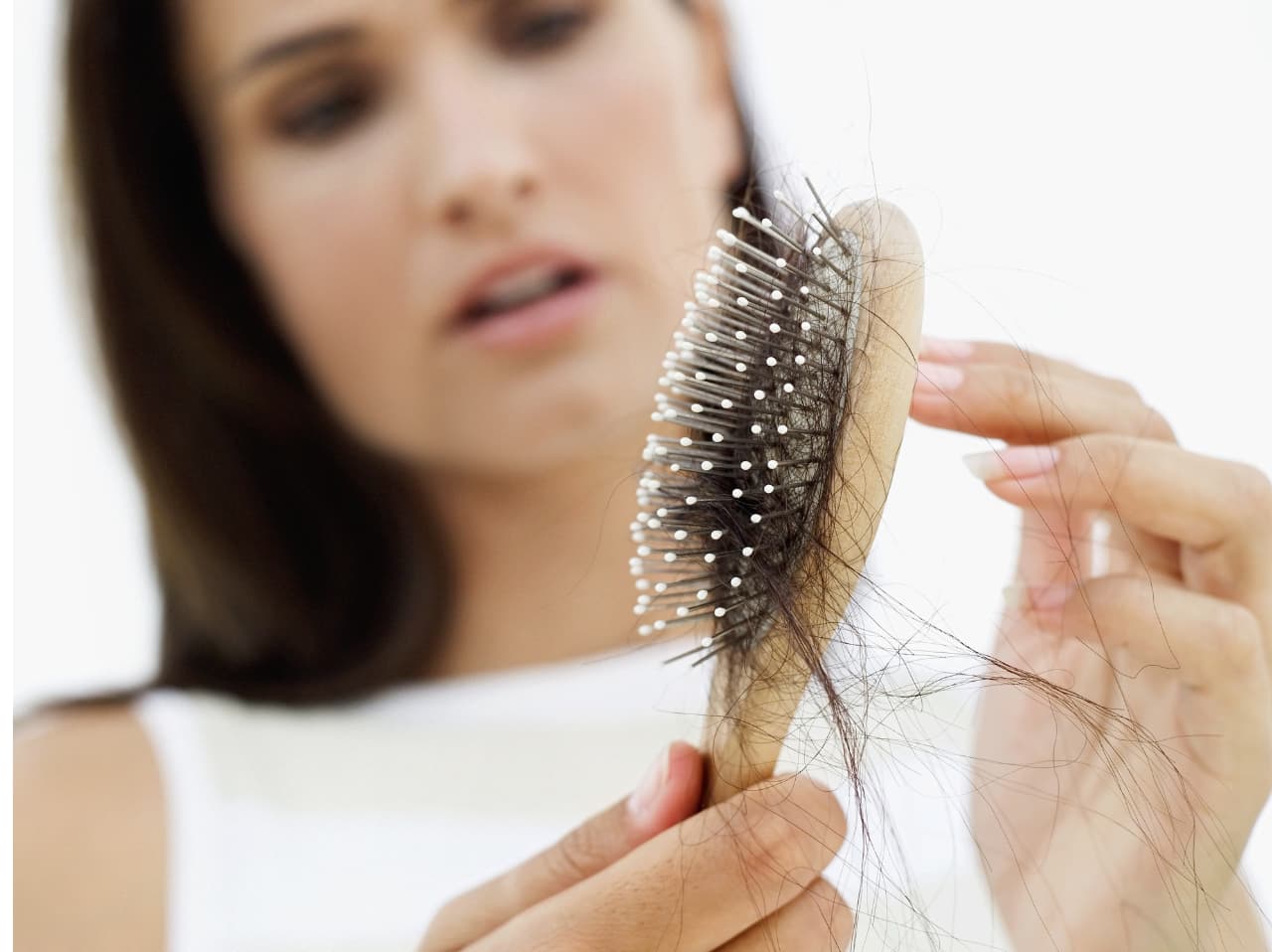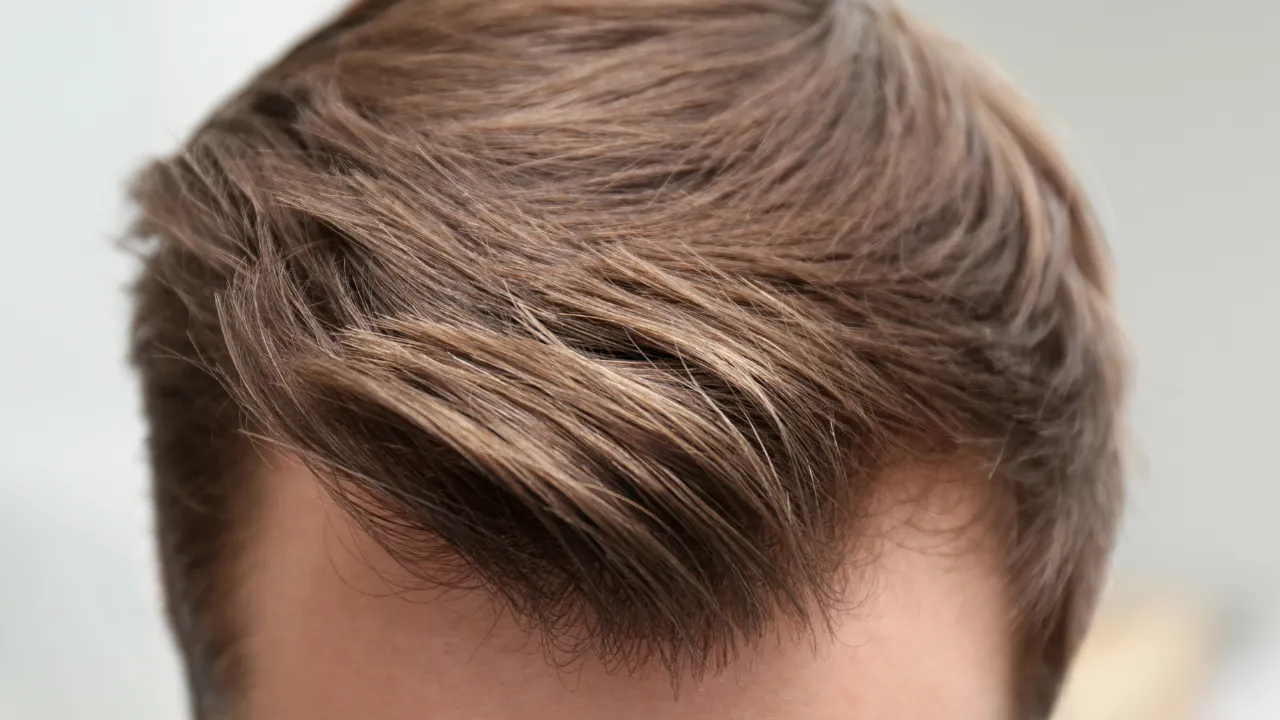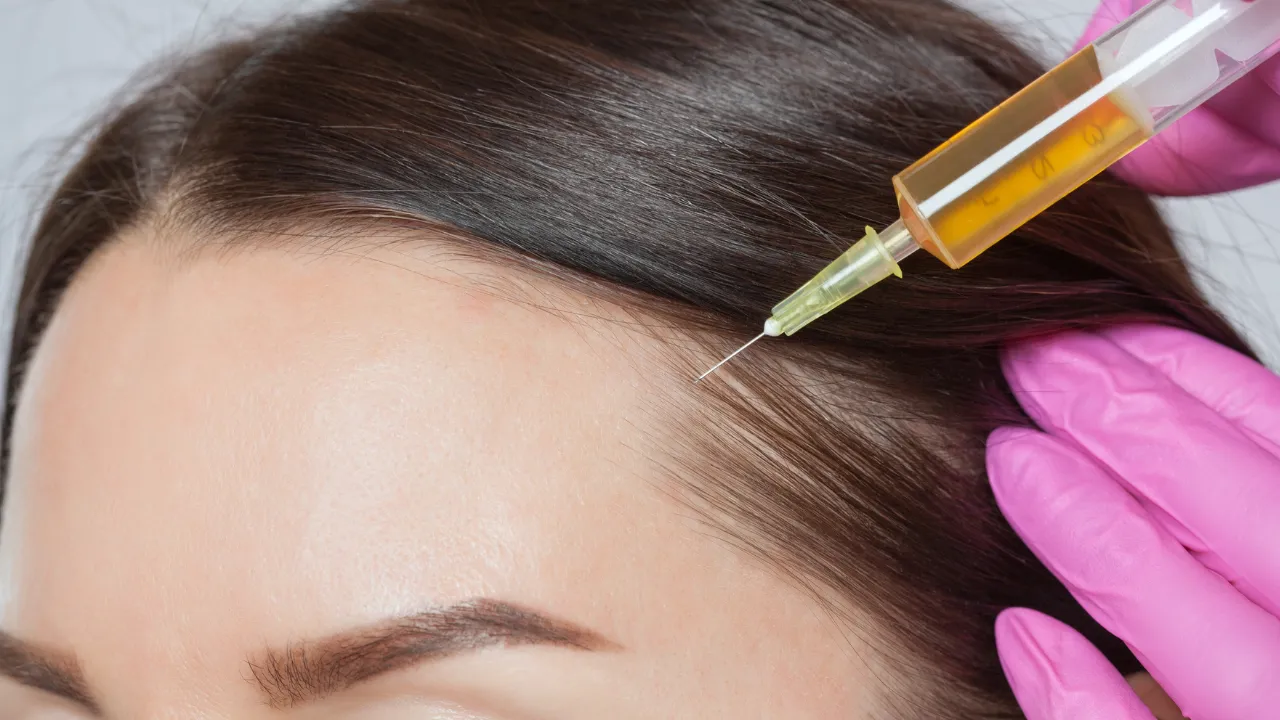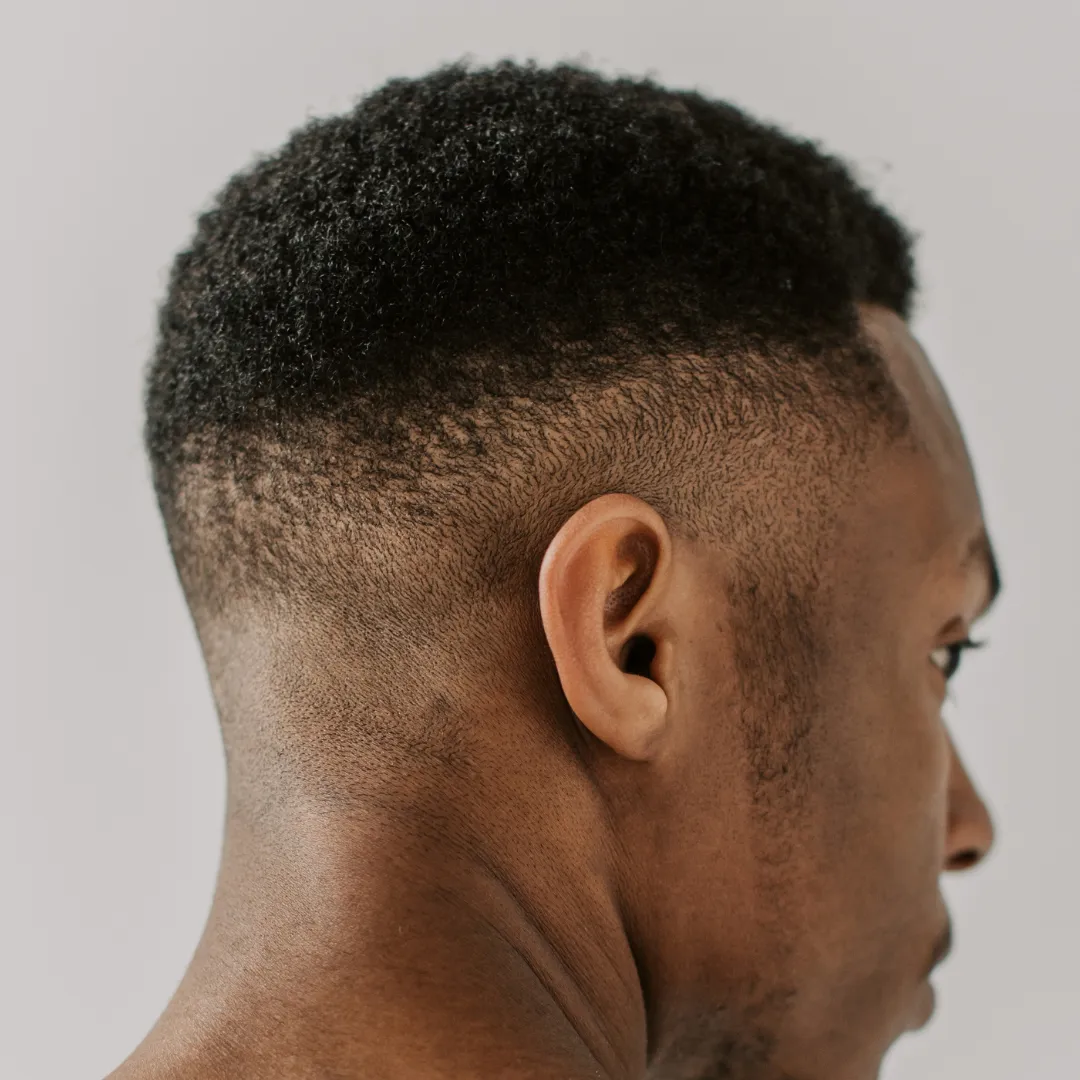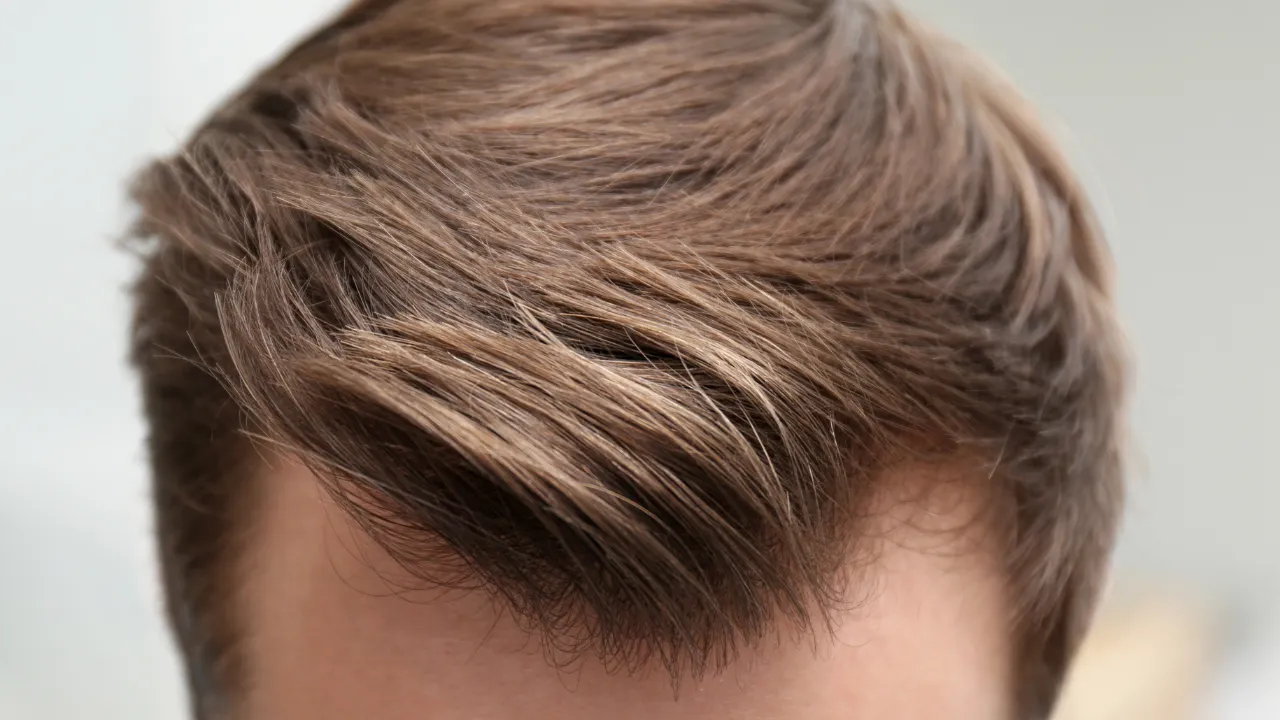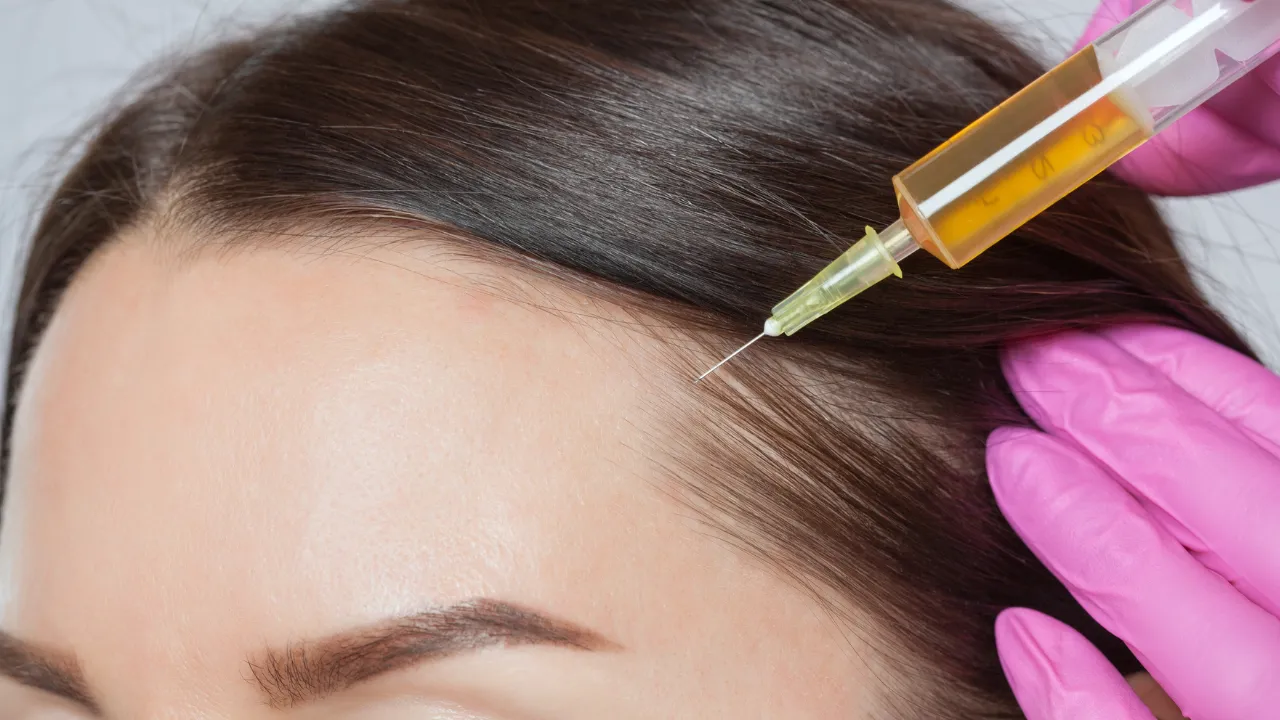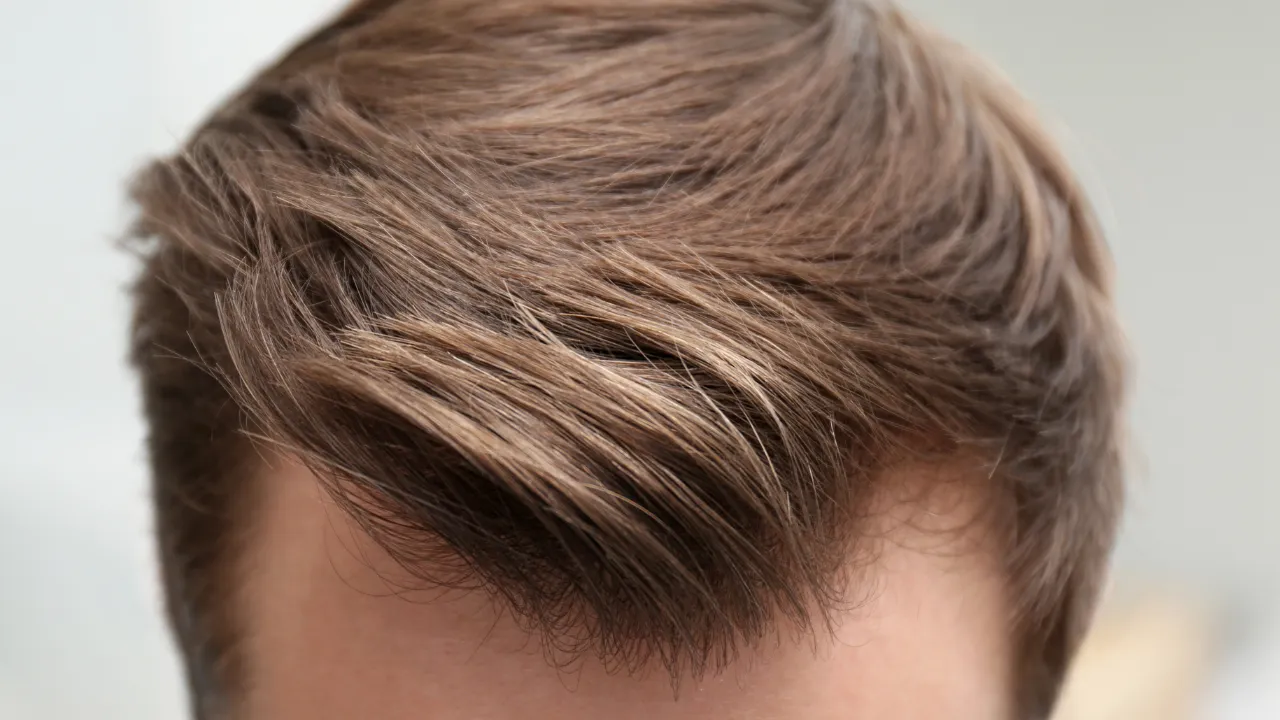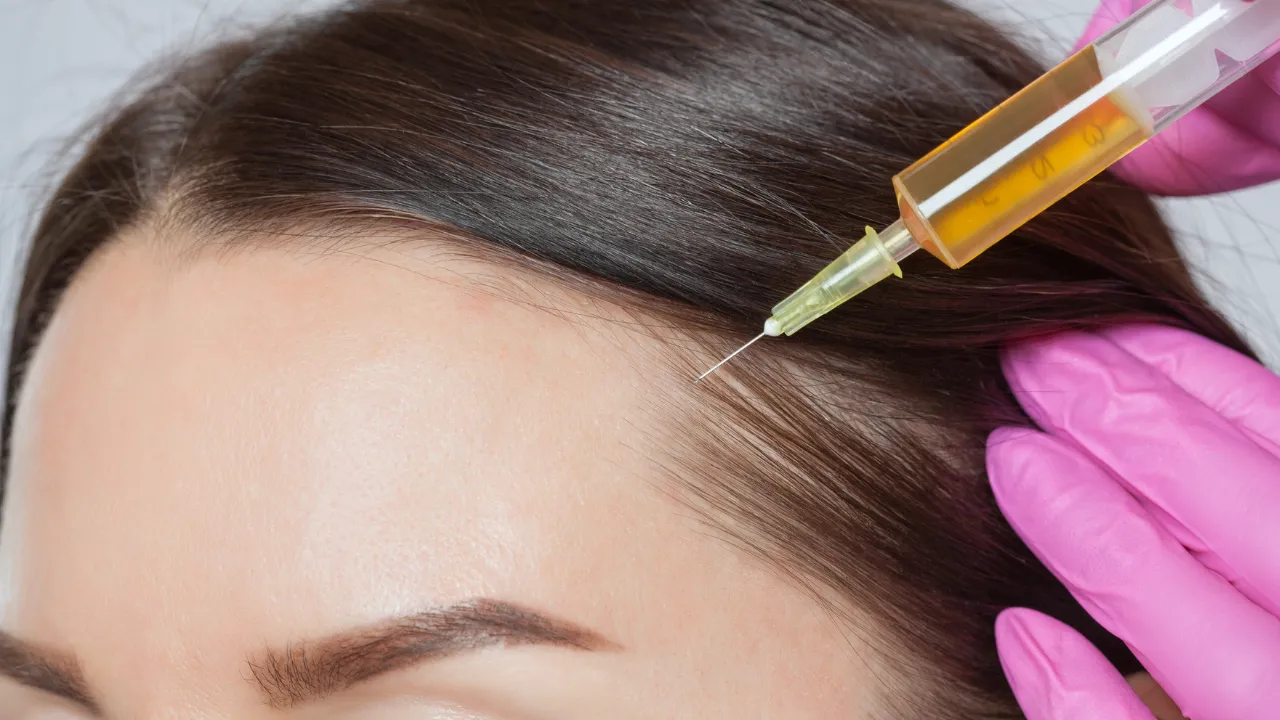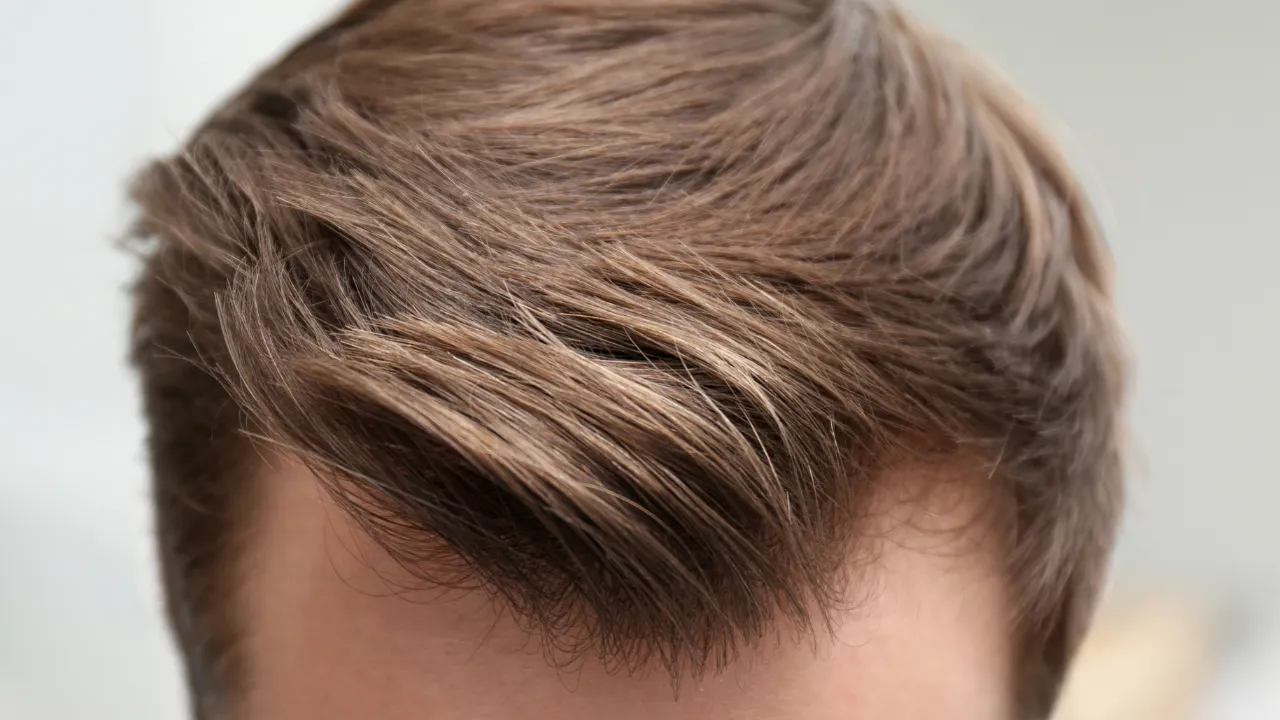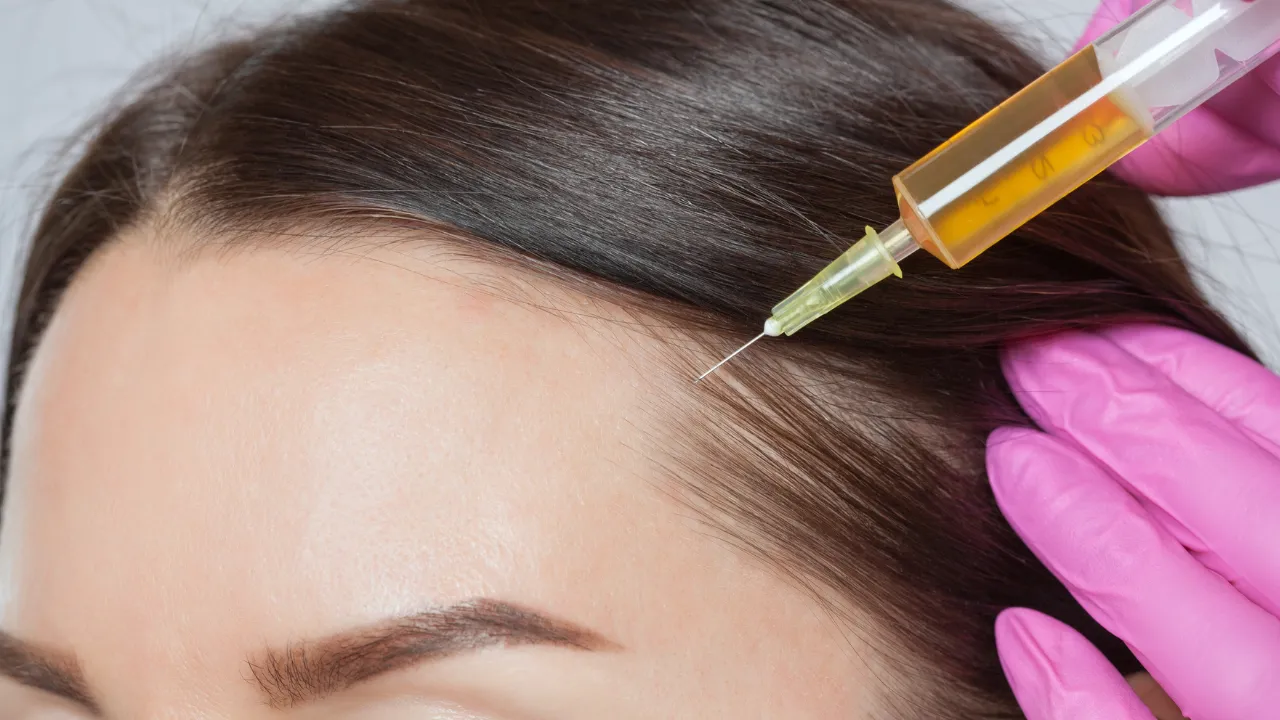Table of Contents
ToggleThe no-shave FUE timeline begins with mild swelling during the first few days, followed by scab shedding by the end of Week 1, and temporary shedding of transplanted hair between Weeks 2 and 4. Early growth usually appears around Month 3, with fuller density developing from Months 4 to 6 and final results settling between Months 6 and 12.
Kopelman Hair performs this technique to support discreet healing while keeping the donor and transplant area unshaved. Most patients can wash their hair within 24 to 48 hours and return to work shortly after. This guide explains every stage of the no-shave FUE recovery timeline so you know what to expect.
Understanding No-Shave FUE
What No-Shave FUE Is
No-shave FUE removes individual follicles without trimming surrounding hair. The method is a minimally invasive approach that preserves your style and hides donor extraction points. Patients often choose it for discreet healing. It is useful for those who want privacy during hair transplant surgery. You can also review our complete no-shave FUE guide to learn how the technique works in more detail.
Is FUE Possible Without Shaving?
FUE is possible without shaving when hair density and donor strength allow it. Patients with thicker hair often blend healing more easily. Individuals with very fine hair may require partial trimming for improved access. Your hair transplant surgeon will determine if the technique suits your goals.
Who Qualifies for the Technique
Good candidates usually need moderate graft counts and consistent hairstyles. Individuals seeking smaller sessions often qualify more easily. Consultations map donor patterns and styling preferences. These details help determine if the approach fits your needs.
Who May Not Be a Good Fit for No-Shave FUE
Some patients may not qualify due to hairstyle or graft requirements. Very short cuts can expose the donor area early. Large graft counts may require limited trimming for efficient extraction. These factors help ensure safe and predictable results.
Shaven vs. No-Shave FUE
Shaven FUE offers full visibility for extraction, while the shaveless FUE technique preserves privacy during recovery. Each option supports natural outcomes when performed well. Your lifestyle and comfort influence the best choice. Both remain effective for treating hair loss.
Visibility Differences During Recovery
No-shave FUE blends with surrounding hair and reduces early visibility. Shaven FUE exposes more scalp during initial healing. Patients who value privacy often prefer the no-shave path. This helps match expectations with recovery demands.
How long does the Procedure take?
A no-shave FUE session lasts 3 to 9 hours, depending on graft count and complexity. Smaller sessions move faster, while larger ones require additional time around longer hair. These estimates help patients prepare. They also guide post-operative planning.
Estimated Procedure Duration by Graft Count
The length of the procedure depends largely on the number of grafts planned for the session.
- 500–1000 grafts: 3–4 hours
- 1000–2000 grafts: 4–6 hours
- 2000–3000 grafts: 6–9 hours
Working around existing hair may slightly extend the session.
How Long Does No-Shave FUE Take?
Procedure Duration and Graft Count
The length varies by graft goals. Smaller sessions take 3 to 5 hours, and larger ones take 7 to 9 hours. Untrimmed hair requires careful precision. These factors shape each patient’s experience.
Step-by-Step Surgery Overview
The day begins with mapping and anesthesia. Extraction uses a micro-punch to protect follicles. Recipient areas are created to match natural angles and density. A final review confirms proper placement of each hair graft in the transplant area.
First Washing Instructions and Early Care
Most patients rinse within 24 to 48 hours. Light pat-drying prevents irritation. Avoid heat and strong water pressure. These steps are particularly important when washing your hair during early recovery.
No-Shave FUE Timeline Near Me
When searching for a no-shave FUE near you, clinics usually follow the same core recovery stages, even though small details can vary by location. Extraction and placement follow the same principles. This ensures predictable outcomes regardless of location.
Recovery Timeline: Week 1 to Week 4
Week 1
Most patients adjust quickly during Week 1. Swelling and sensitivity fade within days. A first wash within 24 to 48 hours keeps the scalp clean. These early steps support transplanted hair stability.
What Most Patients Notice During the First Week
Patients often report mild tightness in the donor area. Sensitivity improves by Day 2 or Day 3. Many people return to work with light duties depending on comfort. These early patterns are common during the no-shave FUE recovery period.
Day-by-Day Overview of the First Week
Day 1 begins with swelling and rest. By Day 2, gentle rinsing may start if approved. Small scabs form on Day 3 and Day 4. From Day 5 to Day 7, redness and sensitivity gradually decrease.
Weeks 2 to 4
Weeks 2 to 4 include shedding and minor shock loss for some patients. These changes do not affect the long-term growth of transplanted follicles. New strands form beneath the surface. Blending improves as scabs fall away.
Normal Healing vs. Concerning Signs
Normal healing includes light scabbing and mild redness. Concerning symptoms involve spreading redness or unusual pain. Contact your surgeon if changes feel out of range. Early communication prevents complications during the postoperative period.
Before & After Growth Stages
No-Shave FUE Timeline Pictures
Early pictures show small extraction points under the surrounding hair. They blend well by the end of the first week. Later photos display gradual density improvements. These visuals help set expectations.
Before and After
Before-and-after images highlight realistic stages. By Week 4, most visible signs fade. Month 3 brings early texture from new sprouting hair. These comparisons help patients track growth.
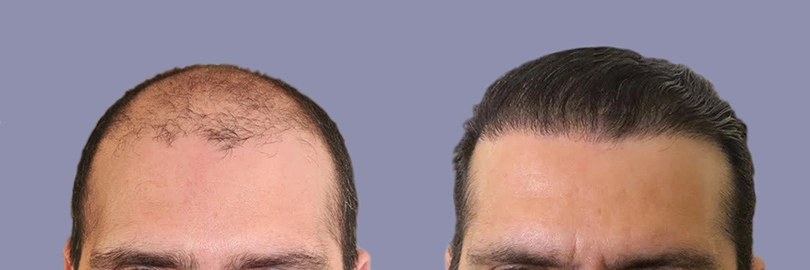
Recommended Hair Length for Discreet Healing
Hair between one and two inches blends best early on. This length conceals donor points while allowing surgical access. Shorter cuts may expose the scalp sooner. Planning length supports a smoother transition, and patients interested in preserving longer styles can explore our long-hair FUE option.
Styling and Appearance Tips During Recovery
Light styling helps reduce early visibility. Avoid heavy gels and sprays during the first two weeks. Gentle brushing becomes safe once grafts stabilize. These hair care habits support a cleaner recovery.
Results Timeline: Months 1–12
When Results Become Noticeable
Early growth appears around Month 3. Density increases through Months 4 to 6. Months 6 to 12 show the most dramatic changes. This summary supports predictable progress.
Months 1 to 3
Months 1 to 3 include shedding and early regrowth. Sprouts appear at different speeds. Some areas look unchanged from a distance. These developments align with a typical hair transplant recovery timeline.
Months 4 to 6
More follicles enter active growth. Strands thicken and create early shape. Many patients notice significant improvement. Styling becomes easier as volume increases.
Months 6 to 12
Hair continues thickening and lengthening. Overall consistency improves throughout this period. Many patients reach full results by Month 12. These stages align with a natural FUE hair transplant recovery process.
No-Shave FUE Cost: What Affects Pricing
Graft Count
Cost depends on graft quantity. Larger sessions take more resources. Smaller procedures cost less. These factors guide budgeting for hair transplant surgery. Our hair graft estimator can help you understand your approximate requirements.
Procedure Length
Longer procedures require additional staffing. Timing varies by surgeon workflow. Equipment use also influences pricing. These combined factors determine the final cost.
Surgeon Expertise
Experienced surgeons ensure natural placement and consistent outcomes. Their skill influences overall success. Many patients seek clinics with strong reputations. Donor characteristics also affect pricing. For a full breakdown of pricing factors, you can explore our detailed no-shave FUE cost resource.
What Influences Your Timeline?
Technique and Tools
Technique influences healing speed and graft survival. Efficient extraction supports healthier regrowth. Micro-punch tools help protect follicles. These elements shape the long-term performance of transplanted hair.
Aftercare
Proper washing, sun protection, and limited friction support recovery. Following guidelines lowers irritation risk. Simple routines maintain scalp comfort. Good care supports strong results.
Health and Genetics
Genetics influence hair growth speed. Hormonal and nutritional factors also affect progress. Hydration and balanced habits help healing. These elements shape individual timelines.
Recovery Restrictions & When to Contact Your Surgeon
Activity Limitations
Avoid strenuous exercise, heavy sweating, and sun during early recovery. Elevation during sleep helps reduce swelling. Loose hats become safe once grafts stabilize. These steps help protect the scalp during the healing process.
Post-Op Care Essentials
Gentle washing and moisturization support scalp health. Avoid scratching for the first two weeks. Follow all medication instructions provided. These actions keep grafts secure after hair restoration surgery.
When to Seek Help
Contact your surgeon if pain or redness worsens. Unusual discharge requires attention. Early communication ensures safe healing. These precautions help patients return to work with confidence.
If you are considering no-shave FUE and want a clear, personalized timeline based on your goals, the team at Kopelman Hair is ready to guide you. Schedule a consultation to review your options, evaluate your donor area, and create a treatment plan that matches your needs.



